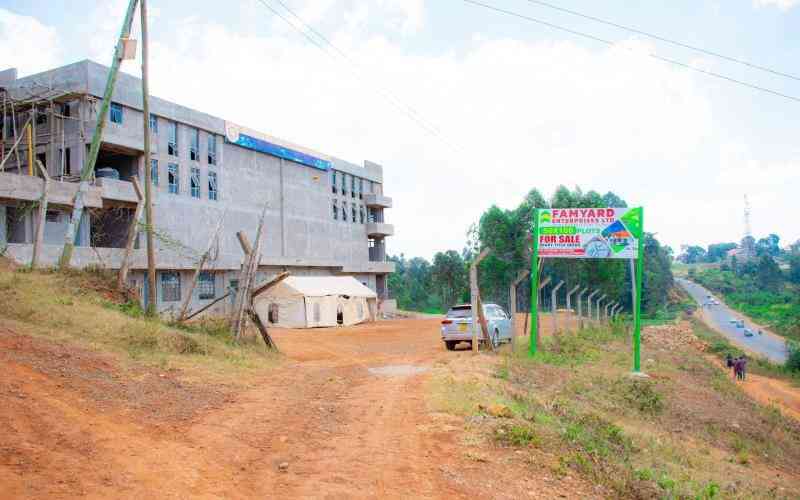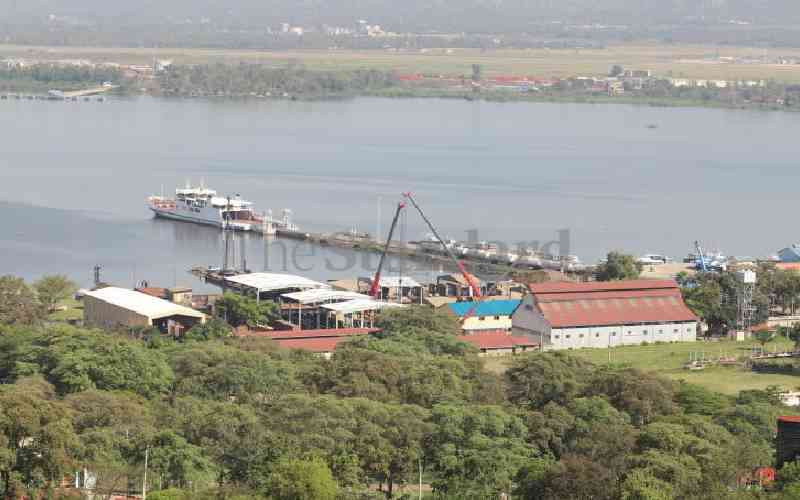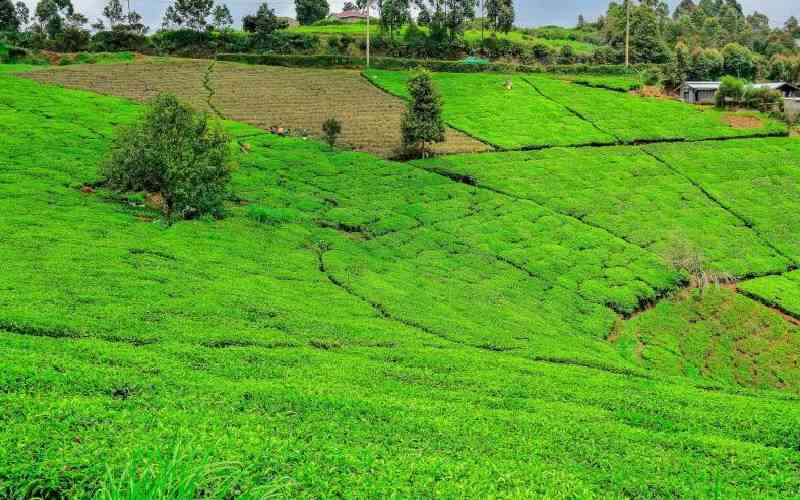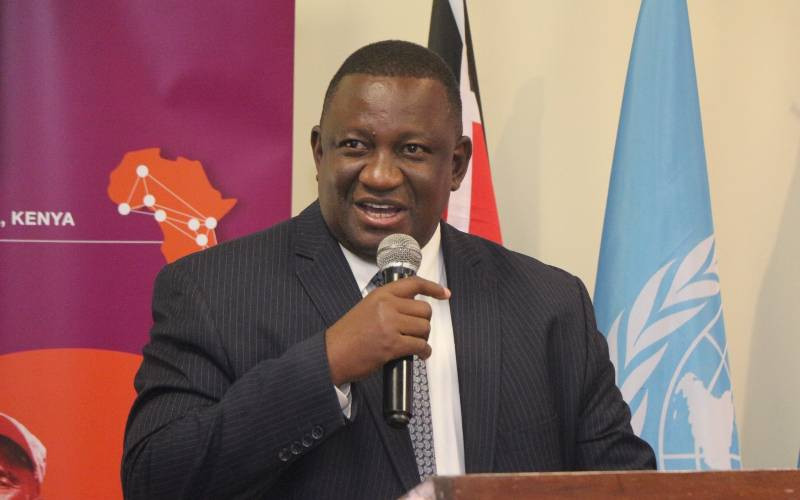
For years, Mweiga was a quiet township that most travelers passed through without a second thought — a stopover between Nyeri and Nyahururu known mainly for its cool weather and proximity to the Aberdare Ranges. But a quiet revolution is unfolding here.
Land buyers, real estate firms, and diaspora investors are rushing to secure property in this once-sleepy town that now stands on the cusp of transformation.
The story of Mweiga’s rise mirrors Kenya’s evolving investment landscape — one where secondary towns are emerging as the new frontier for growth as land in major cities becomes scarce and overpriced. What is happening in Mweiga is not an isolated event; it is part of a broader national trend reshaping where Kenyans are putting their money.
The spark began with infrastructure. The completion of major road projects in Nyeri County, particularly the Sh30 billion Mau Mau Road that links the region to Nairobi, has drastically improved accessibility and reduced travel time by nearly 40 percent. For Mweiga, located along the Nyeri–Nyahururu highway, this has been a game changer.
The government has also embarked on tarmacking feeder roads within Kieni Constituency, further opening the area for investment. Improved connectivity has not only eased transport but also triggered a wave of speculation as investors anticipate a rise in property values.
According to data from the Kenya National Bureau of Statistics (KNBS), about 27 percent of Kenya’s population currently lives in urban areas, but the urbanization rate remains high at 4.3 percent per year — one of the fastest in Sub-Saharan Africa. Projections indicate that by 2050, more than half of Kenyans will live in towns and cities. This wave of urban migration has turned smaller towns like Mweiga into the next logical settlement zones as major urban centers grapple with congestion, high rent, and land scarcity.
Land prices have responded swiftly, and realtors say the upward trend is expected to continue as demand grows.
According to Bonface Ngari, CEO of Nyeri Plots and Land, the surge in interest is the result of both accessibility and affordability.
“Many of our clients are young professionals and diaspora Kenyans who can no longer afford to buy land in prime cities. They see Mweiga as the next frontier. It’s peaceful, fertile, and connected. The roads are being done, utilities are improving, and the land is still fairly priced. We’ve seen demand more than double in the last year alone that is why we started Issacco Faida Gardens,” he said.
Ngari added that unlike speculative booms of the past, most buyers today have long-term intentions — to build homes, invest in rentals, or start agribusiness ventures.
“People are looking for stability. Here, you can buy land for under a million shillings, build gradually, and still enjoy good returns. Once the infrastructure fully opens up, the value of property here will rise sharply,” he said.
The CEO noted that Mweiga’s growing population is playing a major role in attracting investors.
“As more people settle in the town, demand for housing, retail spaces, and essential services continues to rise, creating opportunities across various sectors. Mweiga’s population has been steadily growing, especially with the expansion of nearby urban centers and improved road networks. Investors are seeing the potential in meeting the housing and commercial needs of this expanding community,” said Ngari.
His sentiments are echoed by local residents who have witnessed the transformation firsthand.
Mary Wanjiku, a small trader who runs a hardware shop in Mweiga market, says business has improved significantly over the past two years.
Stay informed. Subscribe to our newsletter
“We used to rely mainly on farmers, but now we have people coming to buy cement, iron sheets, and paint almost every day. Many are building homes or fencing plots. You can see new houses going up everywhere,” she said.
Wanjiku recalls that a few years ago, land agents were a rare sight in the area.
“Now, almost every weekend, there are site visits. Matatus full of buyers come from across the country. Some even come from abroad to see where they can buy land. It has really changed the face of Mweiga,” she said.
The changing face of investment in Mweiga is part of a larger story playing out across Kenya. As the country urbanises, a new class of investors — younger, tech-savvy, and financially cautious — is reshaping the real estate market. These investors prefer emerging areas with growth potential, good infrastructure, and affordable entry points. Many are buying land through flexible payment plans that require small deposits and monthly instalments, a model increasingly popular among developers targeting the middle class and diaspora buyers.
Financial analysts say this shift aligns with Kenya’s broader decentralisation agenda. The government’s focus on infrastructure, county industrialisation, and affordable housing has redirected investor attention to regions once considered rural. With roads, electricity, and internet connectivity expanding, towns like Mweiga are emerging as natural beneficiaries.
Kenya’s economy has also remained resilient despite global pressures, and higher interest rates have made real-estate assets attractive to investors seeking long-term stability. Reports from investment analysts such as IM Bank Group note that Kenya continues to be a top African destination for real-estate capital inflows, with counties outside Nairobi accounting for a growing share of new investments.
For Mweiga, location is everything. Its proximity to the Aberdare National Park and the historic Treetops Hotel — where Queen Elizabeth II ascended to the throne in 1952 — gives it a unique tourism appeal. The Aberdare Country Club and nearby ranches attract both domestic and international visitors, creating potential for eco-lodges, homestays, and conference retreats. Combined with a strong agricultural base — including dairy, coffee, and macadamia farming — Mweiga’s economy offers a blend of stability and opportunity.
“Investors like areas that have multiple income streams. Here, you can do agriculture, real estate, or tourism. That diversity reduces risk. We’ve even had clients buying land for mixed-use development — small resorts, farmhouses, and holiday homes. Mweiga’s beauty is that it’s not just residential; it’s economic,” says Ngari.
Local residents are optimistic that the influx of investors will spur job creation and improve amenities.
Samuel Mwangi, a boda boda rider, says the town has grown busier in recent months.
“There are more people moving around, more buildings coming up. Even transport has become better. We are carrying surveyors, engineers, and buyers every week. If you look around, you can tell Mweiga will be a big town soon,” he said.
Experts, however, caution that rapid growth must be managed carefully. If not planned, the town could face challenges such as unregulated construction, pressure on water and sewer systems, and speculative bubbles. Real-estate analysts advise investors to verify land titles, confirm zoning regulations, and work with reputable developers.
The ripple effects are already visible beyond Nyeri. Counties such as Laikipia, Nakuru, and Meru are witnessing similar trends, where improved connectivity has turned former rural towns into investment magnets. In many ways, Mweiga is a microcosm of Kenya’s broader economic transformation — one where the promise of growth is no longer confined to major cities.
“Kenya’s real-estate map is expanding, and those who once focused solely on Nairobi are now eyeing places like Mweiga for their next move. The combination of location, infrastructure, affordability, and lifestyle appeal has made the town a rare gem in the central highlands,” said Ngari.
“Mweiga is no longer just a stopover — it’s a destination, an investment hub. The people buying today are the ones who will be smiling in a few years when this place transforms completely. The train has already left the station,” he concluded.







